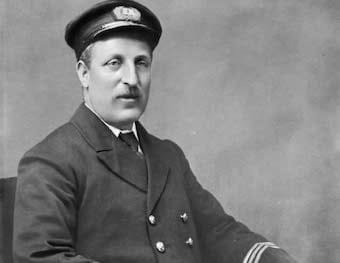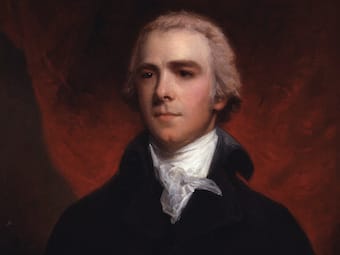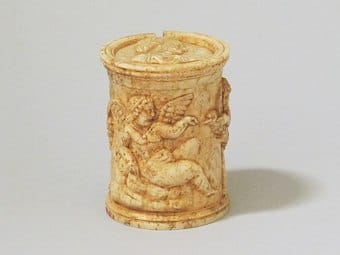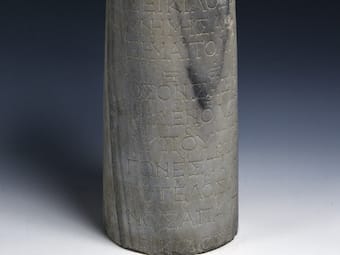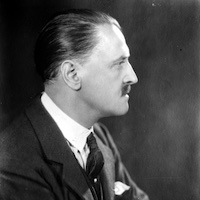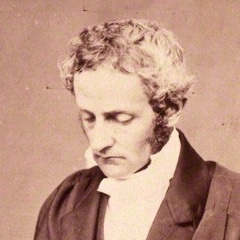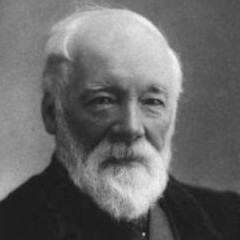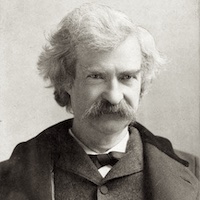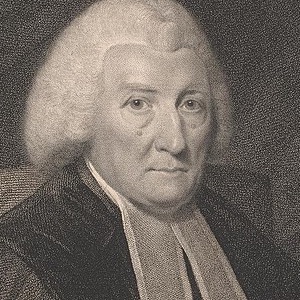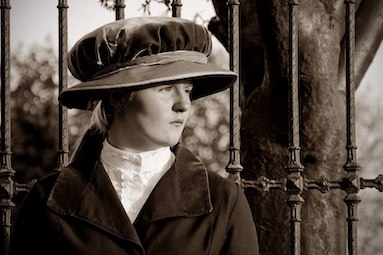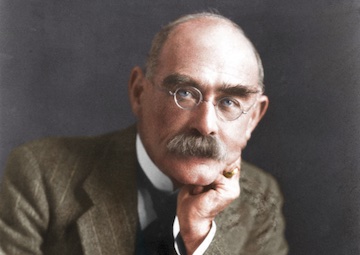The Copy Book
Readings in history, society and literature
The Copy Book
Readings in history, society and literature
Passages for reading. Read them out aloud. Paraphrase or précis them. Discuss them with friends. Does anything surprise or impress you? How does the author work your feelings? Would you use his words? How would you direct the scene in a movie — and who would your stars be?
On This Day
Recently Added
Selected Topics
France
Stories about our friends across the Channel, from Roman times to the Hundred Years’ War, her bloody Revolution, and the giddying rise and fall of Emperor Napoleon.
See all (27)
Classical History
Tales of tragedy, ambition and heroism from the Battle of Marathon and Hannibal’s passage of the Alps to Caesar’s fateful crossing of the Rubicon.
See all (57)
International Relations
Britain has always demanded respect, open seas, and to be left in peace to ‘work out our own salvation’ — a courtesy we should extend to others.
See all (41)
Extracts from Fiction
Romance, adventure and comedy from the very best fiction writers, including Jane Austen, the Brontë sisters, Charles Dickens, John Buchan, and many more.
See all (109)
Sport and Sportsmen
Stories from the world of cricket, football and other sports, and the men and women who have played them.
See all (27)
Poets and Poetry
Passages from English verse, from Anglo-Saxon epic Beowulf to Shakespeare’s sonnets, Tennyson’s Charge of the Light Brigade, Kipling’s If and many more.
See all (52)
See All Topics (A-Z)
